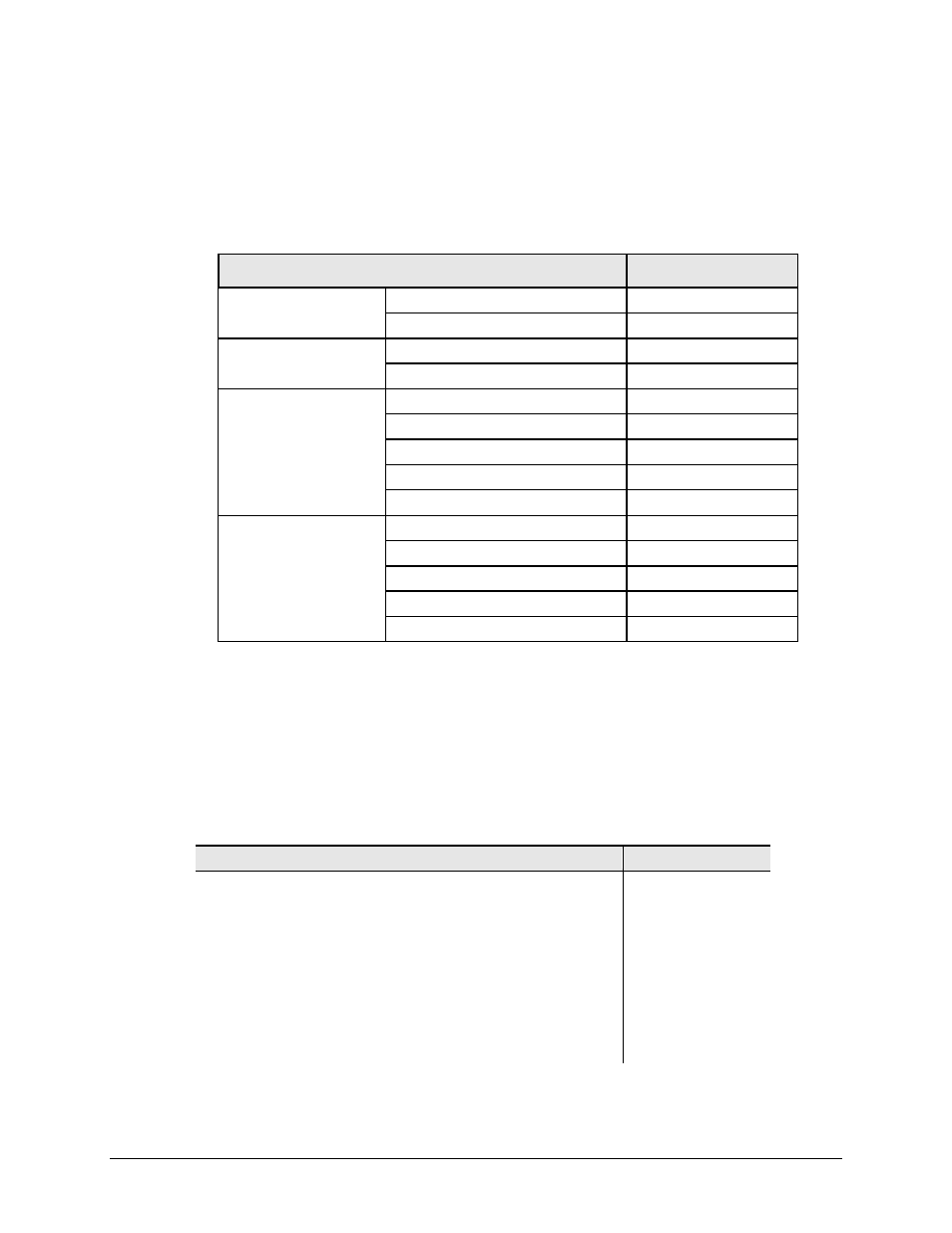3 end-to-end processing delay – Comtech EF Data CDM-625 User Manual
Page 282

CDM-625 Advanced Satellite Modem
Revision 15
Forward Error Correction Options
MN-CDM625
7–10
7.7.3 End-to-End Processing Delay
In many cases, FEC methods that provide increased coding gain do so at the expense of
increased processing delay. However, with TPC, this increase in delay is very modest. Table 7-7
shows the processing delays for the major FEC types, including the three TPC modes.
Table 7-7. TPC/LDPC Processing Delay Comparison
FEC Mode (64 kbps data rate)
End-to-end delay (ms)
Viterbi
Rate 1/2
9
Rate 1/2 + Reed Solomon
266
Sequential
Rate 1/2
74
Rate 1/2 + Reed Solomon
522
Turbo Product Coding
Rate 3/4
47
Rate 21/44
41
Rate 5/16
69
Rate 7/8
245 *
Rate 0.95
69
LDPC Coding
Rate 1/2
198
Rate 2/3, O/QPSK
234
Rate 2/3, 8-PSK, 8-QAM
350
Rate 3/4, O/QPSK
248
Rate 3/4, 8-PSK, 8-QAM, 16-QAM
395
*A larger block is used for the Rate 7/8 code, which increases decoding delay.
Note that, in all cases, the delay is inversely proportional to data rate, so for 128 kbps, the delay
values would be half of those shown above. It can be seen that the concatenated Reed-Solomon
cases increase the delay significantly (due mainly to interleaving/de-interleaving), while the TPC
cases yield delays which are less than or equal to Sequential.
Table 7-8. TPC/LDPC Summary
FOR
AGAINST
•
Exceptionally good BER performance – significant improvement
compared with every other FEC method in use today.
Nothing!
•
Most modes have no pronounced threshold effect – fails
gracefully.
•
Exceptional bandwidth efficiency.
•
Coding gain independent of data rate (in this implementation).
•
Low decoding delay for TPC.
•
Easy field upgrade in CDM-625.
